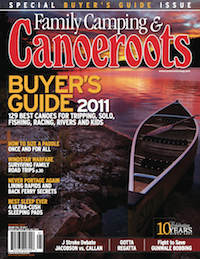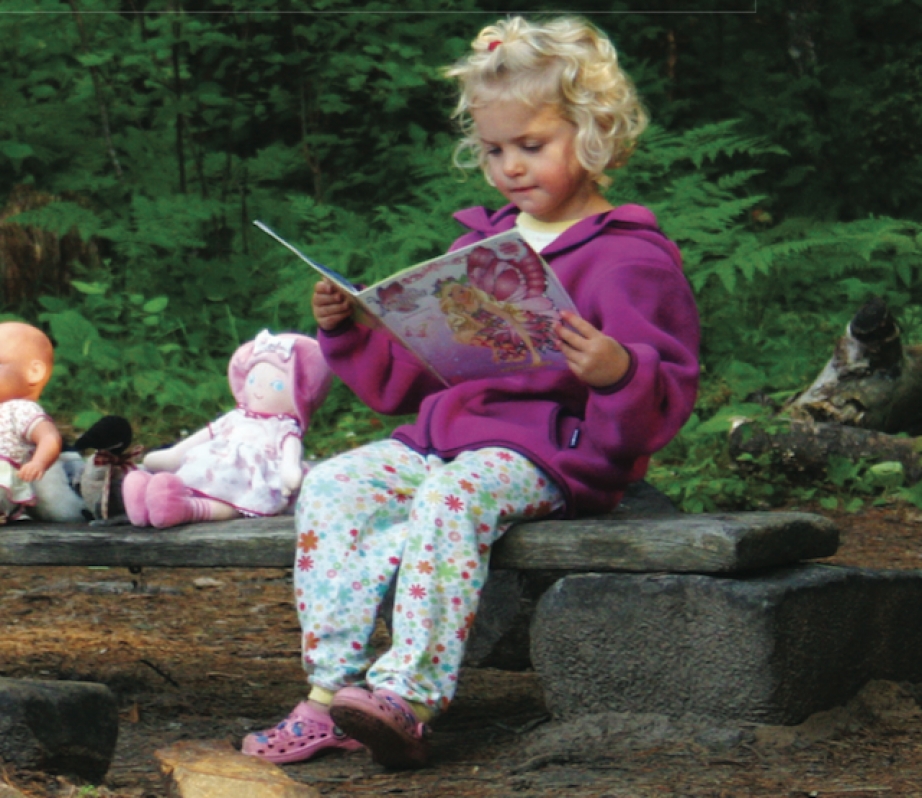“The greatest gift is a passion for reading,” wrote american literary critic, novelist and short story writer Elizabeth Hardwick. I think she was half right. The other half is a passion for the outdoors.
A paper produced almost 20 years ago by the University of Chicago on early childhood development and learning concluded that, “an infant’s brain structure is not genetically determined. Early experiences have a decisive impact on the architecture of a baby’s brain.”
This makes sense to me. I’m on the nurture side of the nurture-nature debate. I believe we are formed by life experiences.
There is plenty of other research that suggests the development of early literacy skills is critically linked to a child’s success in learning to read. Today, the benefit of reading to our children is drummed into us. Read to your kids, read to your kids, read to your kids. We get it from our parents, teachers and the media. Read. Read. Read.
“When we read to children, brain cells are turned on and new brain cells are formed, adding a bit more definition and complexity to the intricate circuitry that will remain in place for the rest of their lives,” says the university paper.
So if reading to our children is hardwiring them for life, I think we need to be more careful about what we’re reading. What’s happening in their little heads when we read them stories of huffing puffing wolves and thundering waterfalls?
We’re not born afraid of the woods. Mother Goose and Walt Disney scare us into being that way. and they do so without well-meaning parents thinking too much about it.
The comedian famous for one-liners Henny Youngman wrote, “When I read about the evils of drinking, I gave up reading.”
When I realized I was reading to my children about the evils of being outside, I did two things. I took them outside to read. And when we couldn’t go outside, I started reading to them about the fun you can have outside.
The children’s books suggested on the following page are a wonderful start, but I also like to pull from my own library. Like, Tom Brown’s Field Guide to Nature Observation and Tracking. We read a little Tom Brown and then practice sneaking around, we build sticky forts and poke at animal scat. Cool.
Another family favorite is Mountaineering, The Freedom of the Hills. Out comes the storage bins full of my old lead climbing equipment. We set up complex anchors out of clothes pegs and turkey string. lego mini-figures with ice axes leapfrog the three pitches it takes to reach the summit of the sofa. At least one mini-figure is consequently evacuated from the back cushion by the search and rescue helicopter. Too bad, but it’s better the kids work the bugs out of their rope systems this way than on everest.
Mark Twain wrote, “the man who does not read good books has no advantage over the man who can’t read them.”
Good books for children, in my book, are ones about the wonders of the natural world and ones that inspire adventure, not instill fear. Good books are freedom of the hills and the rivers, even if you have to read them inside.

This article first appeared in the Spring 2011 issue of Canoeroots Magazine.




